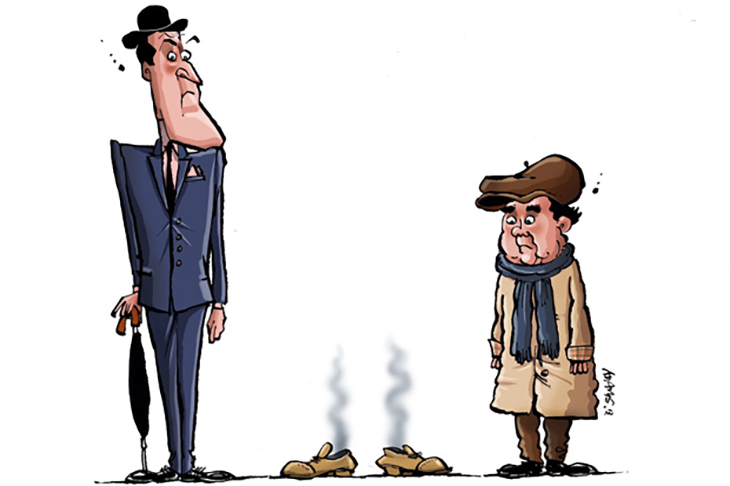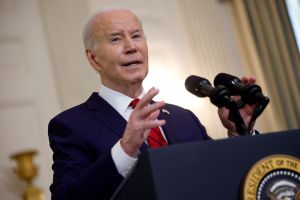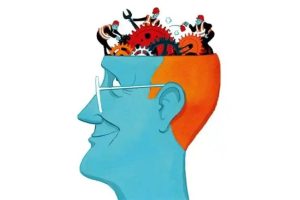The American middle class is in a precarious position. After decades of decline — the percentage of Americans in the middle class fell by 10 points between 1971 and and 2011 — the most important income group in the country seemed to be stabilizing. That likely won’t be the case much longer if the government-ordered economic shutdown continues to put the squeeze on everyday Americans.
The middle class was largely left out of the conversation as politicians and pundits spent months debating a second round of COVID relief. Republicans re-discovered their fleeting affair with fiscal conservatism, advocating for slashing unemployment insurance bonuses and sneering at the idea of more substantial stimulus checks, both of which would provide huge benefit to middle income earners. Democrats insisted on providing a federal bailout to the state and local governments responsible for the worst of the shutdowns, reinforcing the conditions which are strangling millions of middle-class incomes.
Monster corporations and big-tech companies thrived during the lockdown. It was easy for big-box stores to shift to online retail, and internet-based companies became more popular than ever once people were forced to stay home. Amazon raked in its biggest ever profit during the height of the pandemic, with revenue jumping 40 percent from the previous year.
At the other end of the economic spectrum, low-income Americans were offered highly targeted assistance through COVID relief bills. Millions of low-wage workers made more on unemployment assistance with the $600 weekly bonus than they did at their old jobs, while renters enjoyed eviction moratoriums. Obviously vulnerable Americans should get aid, particularly workers in industries that have been hit hardest by the pandemic. But the COVID struggle is equally as real for the half of Americans who are a part of the middle class, and they aren’t getting anywhere close to total income replacement in the COVID relief bill.
According to Pew Research, the national middle-income range in 2016 was $45,200 to $135,600 for a household of three. Let’s consider a household bringing in $60,000 in the state of Virginia — we would hardly call them rich. Under the new COVID relief, that household would receive the maximum weekly unemployment benefit of $378 plus an additional $300 per week. That means they’re still bringing in approximately $20,000 less per year — or a third of their income — because of the pandemic. Their mortgage, bills, and childcare expenses just became unaffordable through no fault of their own.
[special_offer]
The problem persists for other members of the middle class, even those not fully unemployed. Independent contractors may bring in significantly less than years prior because finding gigs is more difficult in a sputtering economy. Small business owners can keep on their employees and pay their rent thanks to the Paycheck Protection Program, but it’s not like they’re making a profit. Even people who are blessed enough to work from home may face reduced hours or have to balance work and childcare due to school closures.
Millions of these Americans are forced to burn through their savings to scrape by, but their struggles and concerns are derided by the elite political class because they aren’t the poorest of the poor. Rep. Kevin Brady of Texas had the gall to speak negatively about the fact that a second stimulus check could be used to ‘pay down credit card debt, or savings, or even make new purchases.’ Heaven forbid. A $2,000 check could be a godsend for Americans whose earning potential has been stifled by authoritarian lockdowns. It is deposited quickly and requires no bureaucratic application process such as other government assistance programs, and it allows families the flexibility to spend the money where they need it most. Still, Senate Majority Leader Mitch McConnell blocked a vote on direct payments, instead tying them to destined-to-fail measures on Section 230 and election fraud. Meanwhile, both parties found plenty of money in the Omnibus Bill for wasteful foreign aid, like paying for gender programs in Pakistan.
A healthy middle class is vital for economic growth, stable democracy, and good cultural values. It’s long past time that the government took their problems seriously — the suffering caused by the pandemic is the obvious place to start.


















